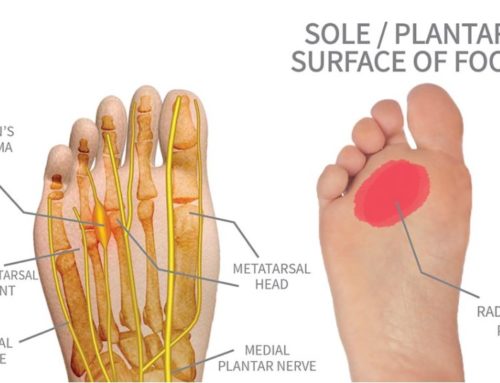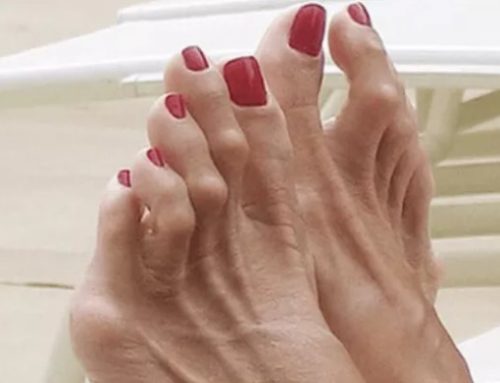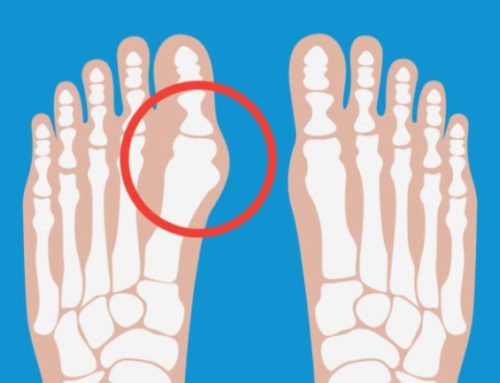
Pediatric heel pain is a common occurrence because a child’s feet are constantly growing. The bones in the foot of a child between the ages of 8 and 14 grow faster than the tendons, and the calcaneus, or heel bone, doesn’t fully develop until age 14. Until the calcaneus forms, new bone will grow in the area of the growth plate. There is also uneven development of the heel cord and leg bone, resulting in the heel cord pulling on the growth plate. This is the root of most of the heel pain children will experience, however, there are various other causes, including:
- Sever’s Disease, an inflammation of the heel’s growth plate which occurs because of muscle strain and repeated stress
- Tendo-achillies Bursitis, an inflammation of the fluid-filled sac (bursa) between the Achilles tendon and heel bone, which is caused by injury, juvenile rheumatoid arthritis, or wearing improper footwear
- Stress fractures, which are hairline breaks resulting from repeated stress on the bone
- Frequent irritation caused by running on hard surfaces
- Achillies tendonitis, inflammation of the achillies tendon caused by intensive or repeated exercise which is stressful on the tendon
- Plantar faciitis, a strain of the plantar fascia ligament that connects the heel bone to the toes, which can be caused by various conditions and occurrences
The following are the symptoms and warning signs of pediatric heel pain:
- Limping
- Walking on the toes
- Pain in the bottom of or back of the heel
- Difficulty taking part in sports
If you believe your child is experiencing heel pain, it may be time to give Dr. Ken Lefkowitz of Quality Foot Care a call at 215-230-9707. Diagnosing the underlying cause of pediatric heel pain is a challenging task which requires a trained professional, and early intervention is necessary to avoid a lifetime of discomfort. Dr. Lefkowitz and his staff would be happy to schedule an appointment at their Doylestown office.




Leave A Comment